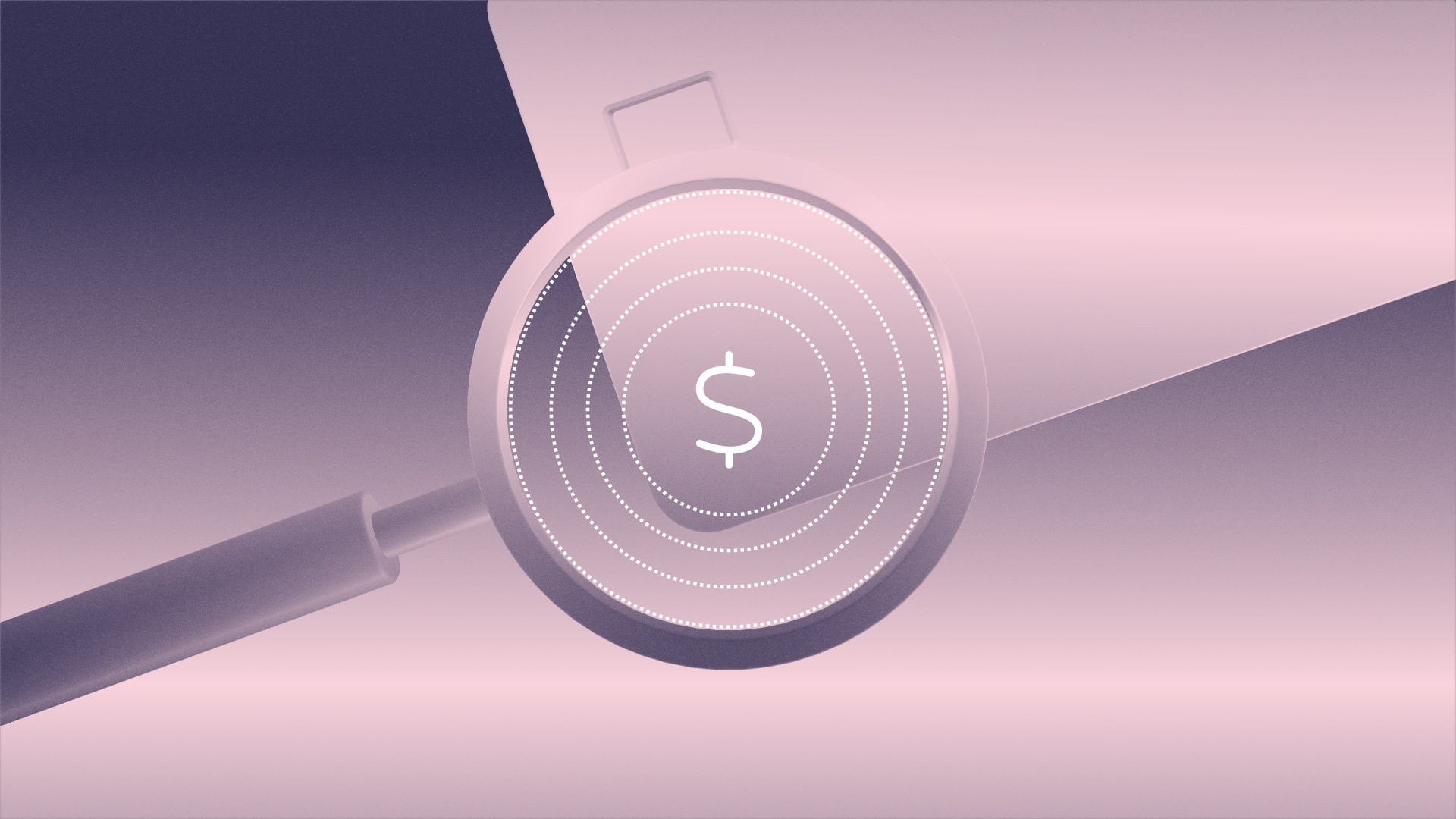The hidden costs of business credit cards — and how to avoid them

Credit Card Underwriting Manager at Mercury.
No fee business credit cards offer compelling perks for startup founders and small business owners. From double the points to airport lounge access, you can get benefits that make your credit card spending go further. However, a problem arises when you don’t read the fine print and encounter those pesky hidden costs — fees you didn’t even know you had to worry about. After all, “no annual fee” doesn’t mean “no cost.” It just means no fee to use the credit card.
Take late payment fees, for example, which can cost your business 2-3% of the past-due amount if you don’t make a credit card payment on time. In 2022, U.S. credit cardholders collectively spent a record $15 billion on late fees. These types of fees can quickly add up and cause serious damage to your bottom line, especially as your business scales.
If you’re looking for more details on lesser-known fees and want actionable guidance on choosing a card that minimizes those costs, you’re in the right place. In this article, we unpack the hidden business credit card fees that may creep up on your company. We’ll also show you how to vet a business credit card by reading through the marketing speak so you don’t fall into any traps that startups and small businesses often miss.
What counts as a “hidden cost”
A business credit card with no annual fee may sound tempting, but it’s important to be aware of looming hidden fees that may impact your business. Here are some common hidden costs that no-fee business credit cards often carry:
- Introductory rates that spike: Some credit cards will offer a low introductory rate to entice new businesses, such as 0% on purchases. Don’t be fooled — the too-good-to-believe rates often spike high after a short period of six to 12 months. With deferred or promotional APRs (annual percentage rates), you might be looking at a 20-30% jump in fees in some cases.
- Foreign transaction fees: If you use your business credit card to make purchases from foreign vendors or businesses, you may incur a foreign transaction fee, which is typically around 3% per transaction.
- Late payment penalties: Missed your payment deadline? You may be looking at a fee of 2-3% of the past-due amount. Sometimes these fees can increase when you have had multiple late payments.
- Employee card fees: Many business credit cards charge a per-card, per-year fee for employee credit cards, which can quickly add up if you’ve got multiple employees.
- Over-limit or return payment fees: If you go over your credit card limit, you may be hit with a fee (but you have to opt in to approve it). If you schedule a payment to pay a credit card bill and don’t have enough money in your bank account, you may be looking at a fee from the credit card issuer.
- Cash advance fees: If you want to take out a cash advance from your credit card, you may be faced with a 3-5% fee. For those withdrawing hundreds of dollars, that’s no small amount.
- Balance transfer fees: Want to move your credit card balance to a different card? Some business credit cards charge 3-5% of the amount transferred.
- Statement or data access fees: Some credit cards charge a flat rate fee to send paper statements, while others charge fees for exporting data to accounting tools.
Why these fees matter for startups
A business credit card with no annual fee but several hidden fees directly impacts your profits, especially as your business scales. When it’s just you and another employee, your total hidden fees may be a few dollars each month — no big deal. However, when your business expands, each hidden fee compounds, cutting into your runway.
More employee credit cards mean more exposure to hidden fees, and higher credit card spends mean higher potential for massive risk. For example, a 2% foreign transaction fee for $200 is $4, but if you’re spending $20,000 then that 2% is $400. And that’s just one example for one type of hidden fee.
Most startups and small businesses don’t forecast for hidden credit card fees, so they’re often hit with a financial surprise when they get their credit card bill each month. Those hidden fees can take up capital that was earmarked for strategic initiatives, leaving your business scrambling to make up the difference.
How to vet a business credit card for hidden costs
Want to know how to spot the difference between a true low-cost corporate card for startups and one that is a master of disguise? Consider these points when doing your research.
Spend time on the fine print
Credit card fine print can be difficult to understand, but it’s worth your time and energy. Read the full cardholder agreement and Schumer Box, and pay special attention to the Fees and Rates table. Also look at Rewards Terms and Conditions, which may state expiry dates for promotions. In the Additional Services section, you may find details about employee cards and statement delivery and their associated fees.
Ask the right questions
Whether you’re dealing with a traditional bank or a modern fintech credit card provider, ask questions regarding what triggers an APR penalty, fees for foreign transactions, and grace periods for late payments. Don’t be afraid to poke and prod when it comes to business credit card fees.
Consider rewards minus fees based on your real usage
Does your credit card spend include a lot of travel? The travel perks may be worth the employee card fees, for example. Determine the right balance of fees versus rewards for your business.
Pay attention to the red flags
Tiered reward structures that require high spend thresholds typically don’t work well for startups and small businesses with low credit card spend. Also take a look at whether the business credit card requires a personal guarantee and doesn’t separate personal liability from your business.
What no annual fee really means
No annual fee means that the credit card issuer doesn’t charge a fixed amount membership fee for your business to use the credit card — it does not mean there are no fees overall. In fact, you’ll find that many no fee business credit cards have trade-offs: No annual fee for fewer perks, stricter terms, and some hidden fees for good measure.
For example, the Chase Ink Business Unlimited® Credit Card has a $0 annual fee, but 0% intro APR is for 12 months from account opening on purchases. After that, you’re looking at a 17.24%–23.24% variable APR. The Bank of America® Business Advantage Unlimited Cash Rewards also has no annual fee, but the foreign transaction fees are 3% and cash advance fees are 4%.
It's easy to get excited at the prospect of no annual fees, but it’s key to remember that an annual fee is just one type of fee a credit card charges. There are many other business credit card fees, and they’re not always put up front. You’ve got to do your due diligence when evaluating business credit cards.
Learn more here about Mercury IO card and our transparent fee (or lack thereof) structure — how it can help your business from day one and beyond.
About the author
Credit Card Underwriting Manager at Mercury.
Related reads

What your first consulting retainer agreement should cover — but often doesn’t

Are business credit card rewards taxable?

Sole proprietor or LLC when applying for a business credit card?
